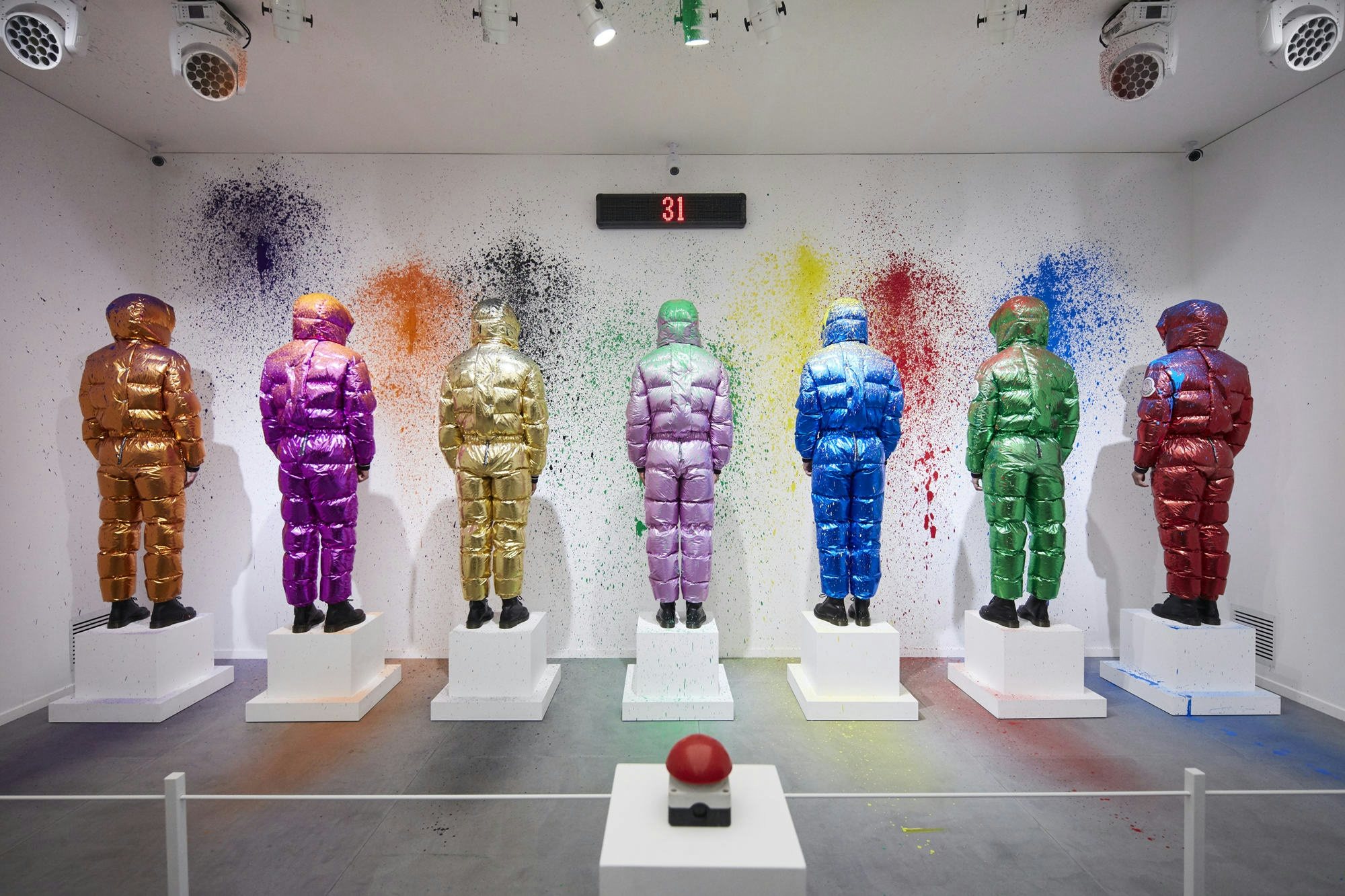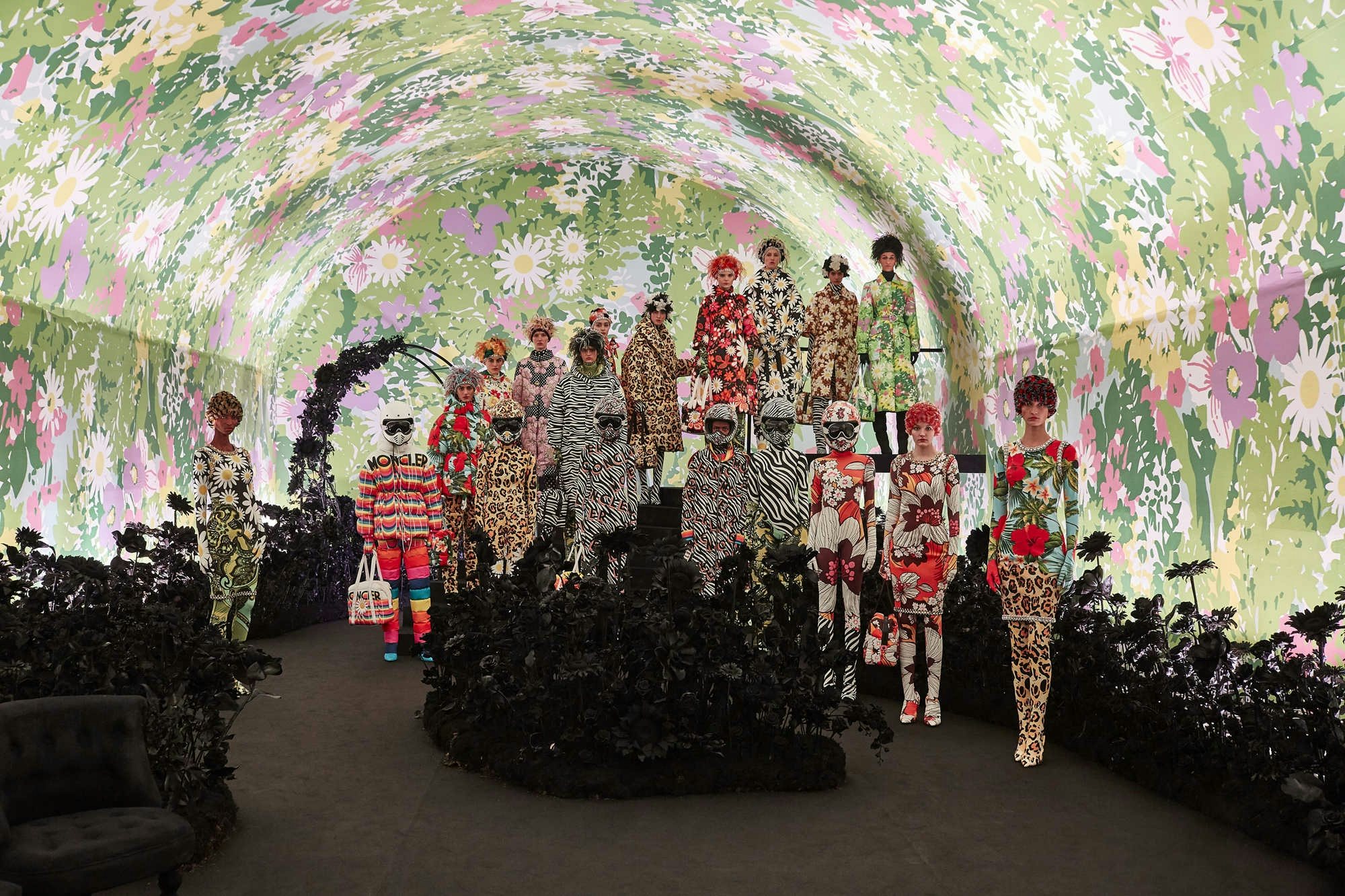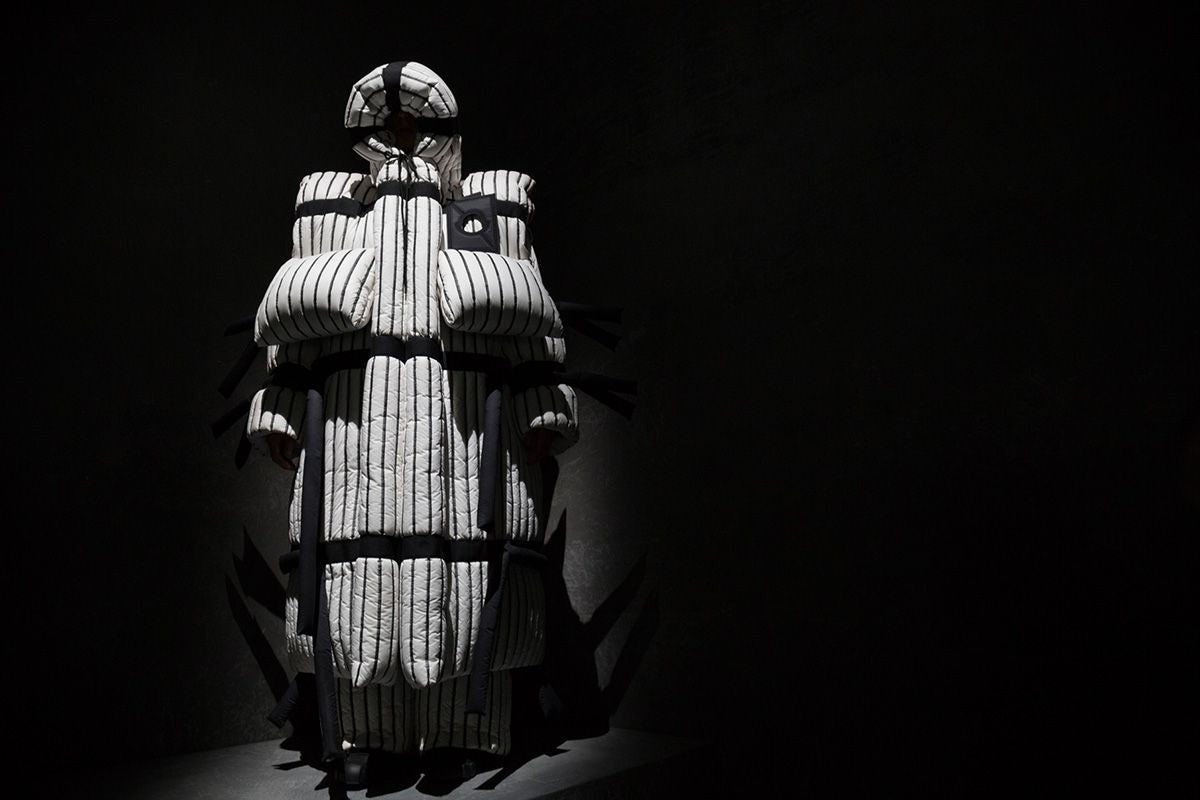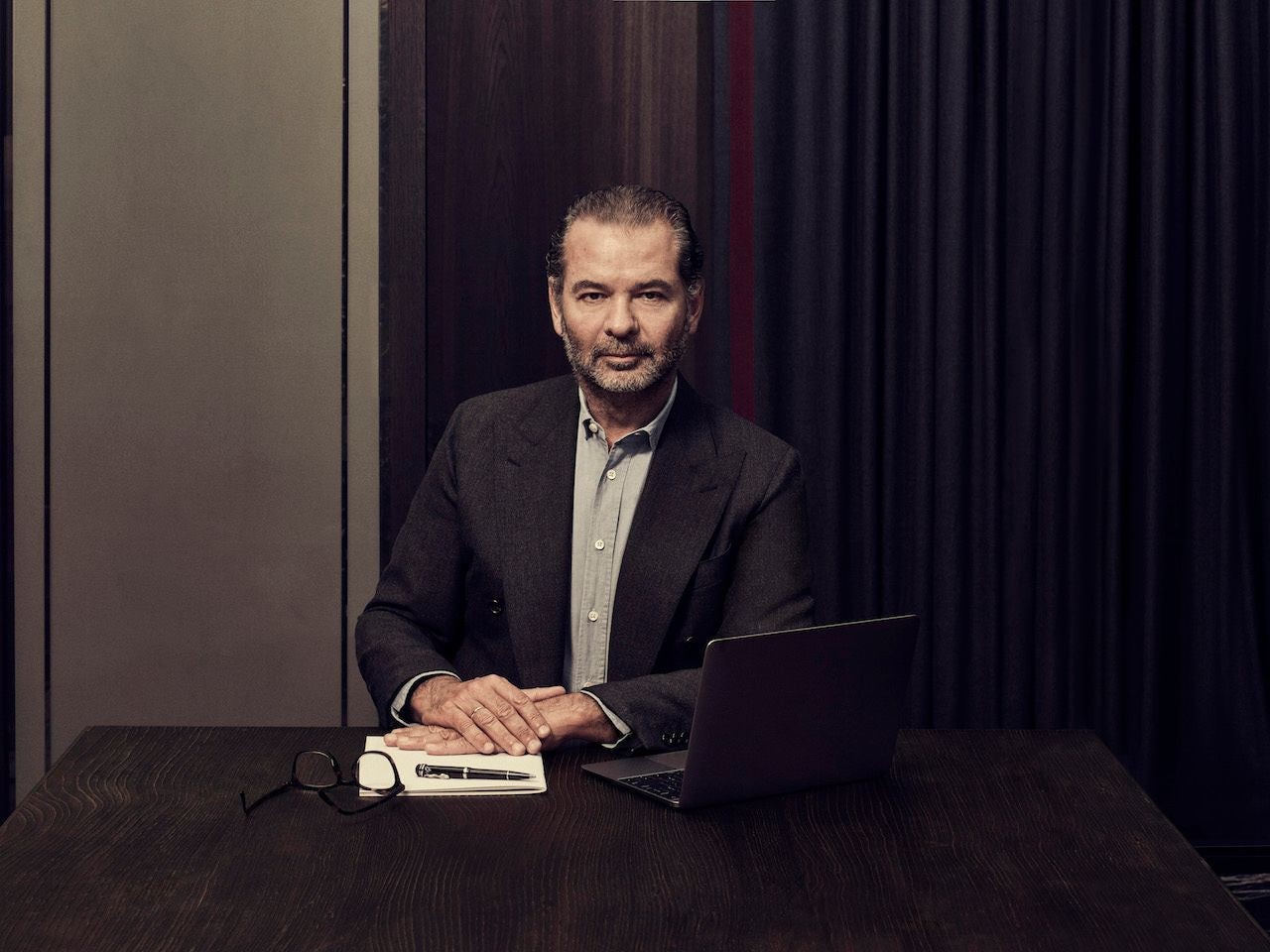The Italian luxury brand, Moncler, took a gamble on a disruptive retail experiment, conveniently dubbed the “Moncler Genius Project." It consisted of a series of capsule collections by a group of revolving designers. And the result?
The company said on Thursday that its full-year revenue growth increased by an impressive 22 percent year-on-year, at constant exchange rates to 1.62 billion (€1.42 billion), as efforts to grow its global business, specifically in Asia and Mainland China, appeared to pay off handsomely.
For the fourth quarter of 2018, the brand’s revenue grew by 20 percent year-on-year, per their corporate release. Its full-year net income jumped by a whopping 33 percent to 332 million euros, while net cash flow hit a healthy 450 million euros by the end of 2018. Of particular note, Moncler’s marketing expenses for the first time nearly touched 100 million euros, which jumped seven percent compared to last year’s.
Today, the development of a mono-brand group like Moncler is a fascinating case to watch, especially at a time when the luxury industry is in a frenzy of forming and strengthening multi-brand conglomerates from leading players, such as LVMH and Kering to newcomers like Capri Holdings. But now, the world is watching billionaire CEO Remo Ruffini and how he plans to drive Moncler’s desirability and relevance among a millennial audience.
Enter the “Moncler Genius Project.” By inviting a number of fashion designers — Pierpaolo Piccioli, Craig Green, Simone Rocha, and Hiroshi Fujiwara — to reinterpret the brand’s signature down jackets, Moncler embraced a radically different retail model beyond one designer, one look. The idea was first announced in February 2018, during the Milan Fashion Week, and then came into full execution in June 2018. Last week, Moncler just unveiled its second generation of Genius collaborations.
As the first digital-native project of its kind at Moncler, the “Moncler Genius Project” was highly effective in nurturing a new generation of customers, broadening the brand’s online reach, as well as driving traffic to offline stores, said Roberto Eggs, chief marketing and operating officer of the brand in a conference call earlier today.
“The number of [digital] impressions [of the brand] in 2018 increased by 40 percent [from the year before] and unique visitors to Moncler’s website grew +59 percent,” said Eggs. “Each time we have a drop, it increased the traffic to the store in the next few days. Customers not only are interested in buying genius products but also our major one.”
In China, Moncler has mainly focused on Tencent’s WeChat platform to communicate with consumers. Eggs mentioned the use of mini-programs in social-selling. He also said that Moncler thought Chinese consumers were very eager to discover the brand's products even though its presence in the country is still very limited for now.
Additionally, Moncler was seen to be quite active on Douyin, a popular youth-oriented social media platform in China, debuting short video ads with selected Chinese celebrities. When asked if Moncler would enhance its e-commerce presence in China, Eggs said “[Alibaba’s] Tmall is a part of our assessment.”

To date, Chinese consumers have been an extremely significant demographic for Moncler. 2018 marked a turning point, where the brand experienced the rising purchasing power of customers from the local market versus overseas Chinese tourists. They also noticed that Chinese were more moving into neighboring countries like Singapore, Australia, and less to Hong Kong and Taiwan, for luxury consumption.
However, investment bank HSBC recently downgraded Moncler shares to “hold” from “buy” position. The main reason is the inherent risk that is associated with the company’s business model, as fashion, by its essence, comes and goes. In that content, diversity offers a natural hedge.
Going forward, Moncler has a big retail expansion plan for 2019, which includes 15 direct of sales (DoS) opening and 15 wholesale openings. It also upped the ante in travel retail and is opening between 8-10 stores in airports as well.
Regarding competitive challenges from luxury rivals and obstacles, such as slower economic growth in China, and the continued trade war, Ruffini said, “We are confident on Moncler’s ability to continue the success in 2019." He's betting on the quality of products and services that Moncler will deliver to keep up the momentum. He's all in.


